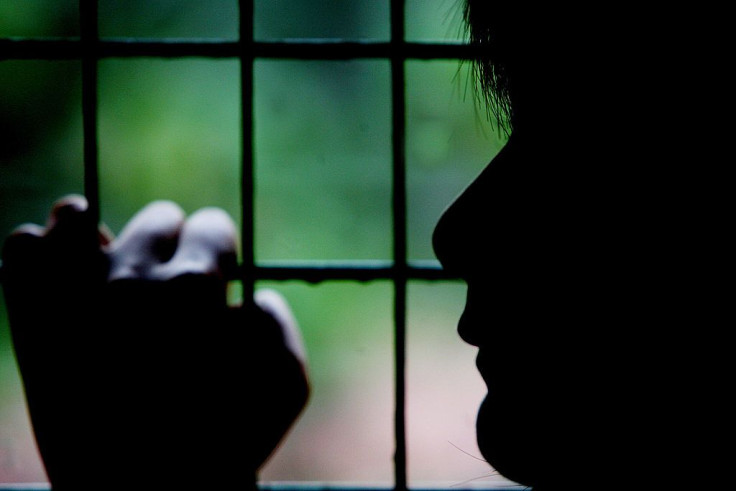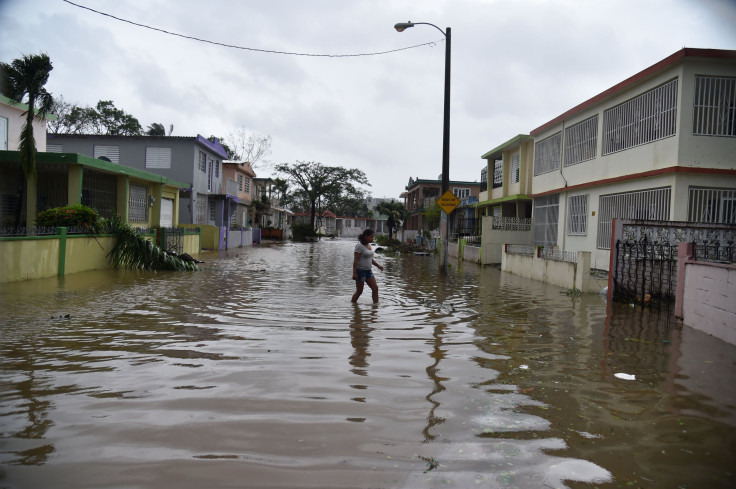
On the night of Tuesday, October 3, Puerto Rico Police confirmed that nine people had completed suicide after Hurricane Maria made landfall on September 21, 2017. Among the unfortunate losses are six men and three women between the ages of 25 and 69. The reported cases are located in San Juan, Aguadilla, Canóvanas, Villalba, Vega Alta, Caguas and Moca.
The statistics, available on the website of the Puerto Rico Police, reflect a rise in suicides reported in September 2016 and September 2017, with a total of 164 suicides, 23 more than 2016.
According to Primera Hora, an investigation into the effects of 2005 Hurricane Katrina revealed that in areas hit by natural disasters, there is a doubling of suicides and suicide attempts generally reported. The rector of Carlos Albizu University, Julio Santana, reported that there was a "post-traumatic growth" after the phenomenon. It is also reported that the population generally vulnerable to suicide are young adults, between 30 and 50 years.
"Many of them generate the economic and social support of the family and, having lost jobs and homes, having to seek support for the purchase of medicines and the care of their families, in this extreme situation they feel unable to maintain and give that support to the family," said Santana, who is also a clinical psychologist.
A spokesman for Governor Ricardo Rosello also said that the death toll in Puerto Rico from Hurricane Maria has more than doubled to 34. Pedro Cerame, the governor's director of communications in Washington, said that Maria was the worst hurricane to hit the unincorporated U.S. territory.

Category 4 Maria, left the whole island blacked out and badly damaged the houses, leaving a trail of total destruction, as did the collapse in all communication lines. The storm ripped trees out of the ground and caused widespread flooding, particularly in San Juan, the capital, where many residential streets looked like rivers.
The powerful tropical cyclone made landfall in Puerto Rico with winds of 155 mph (250 km/h), becoming the strongest to hit the territory since the 1928 San Felipe hurricane, as well as the most intense hurricane to hit the territory in recorded history.
Two weeks after the passage of Maria, the president of the United States Donald Trump, visited Puerto Rico with his wife, the first lady Melania Trump. During his very brief and controversial visit, the president reported that the total death toll for the natural disaster was 16 people; later, on that same day Ricardo Rosselló indicated that the number increased from 16 to 34 and that the hurricane caused damages of 90,000 million dollars throughout the whole island.
As usual, Trump couldn’t leave behind the controversy, especially when he downplayed the storm by the low number of victims and not being a "real catastrophe," comparing Maria to Hurricane Katrina. "Every death is a horror, but if you look at a real catastrophe like Katrina, and you look at the tremendous — hundreds and hundreds and hundreds of people that died, and you look at what happened here, with really a storm that was just totally overpowering, nobody's ever seen anything like this," he said.
"What is your death count as of this moment? 17? 16 people certified, 16 people versus in the thousands. You can be very proud of all of your people and all of our people working together. Sixteen versus literally thousands of people. You can be very proud. Everybody around this table and everybody watching can really be very proud of what's taken place in Puerto Rico," Trump added.
Many have also cataloged the president's visit as a terrible event, as bad as his tweets, and all because while the American citizens are struggling for survival on the island, the president set out to throw paper towels to the victims as if he were playing basketball.
After what happened, the journalists present at the Rosello press conference, asked the governor what he thought of President Trump's statements, as well as what he did at the evangelical church in Guaynabo, near San Juan; Rossello simply said: "I'm not going to comment on the optics of the trip.”
© 2025 Latin Times. All rights reserved. Do not reproduce without permission.






